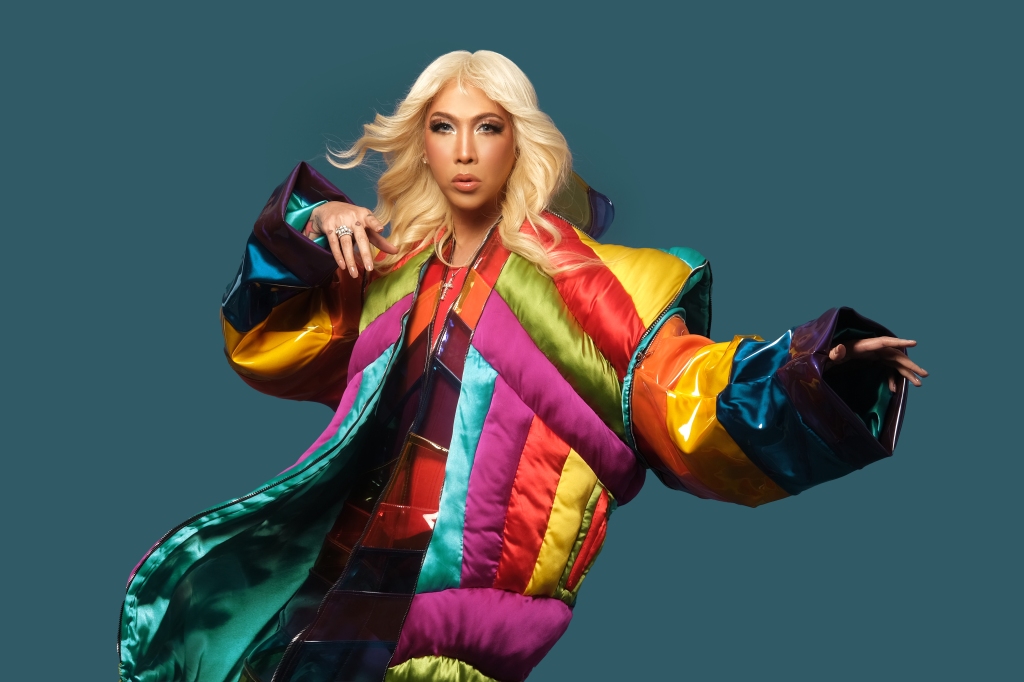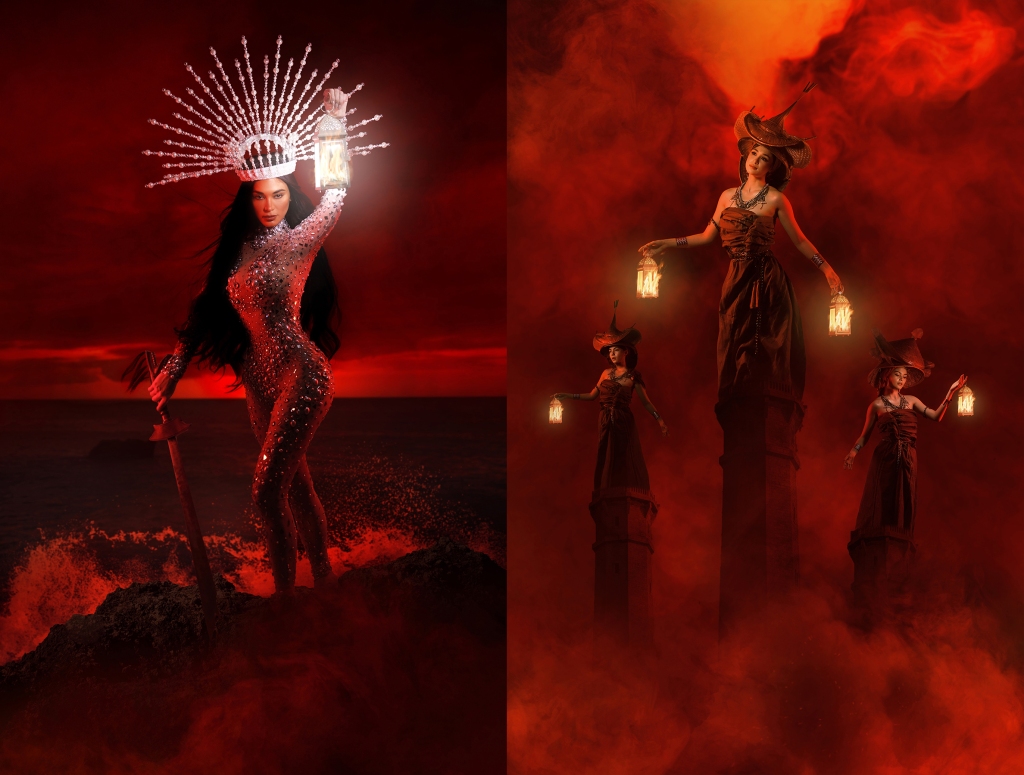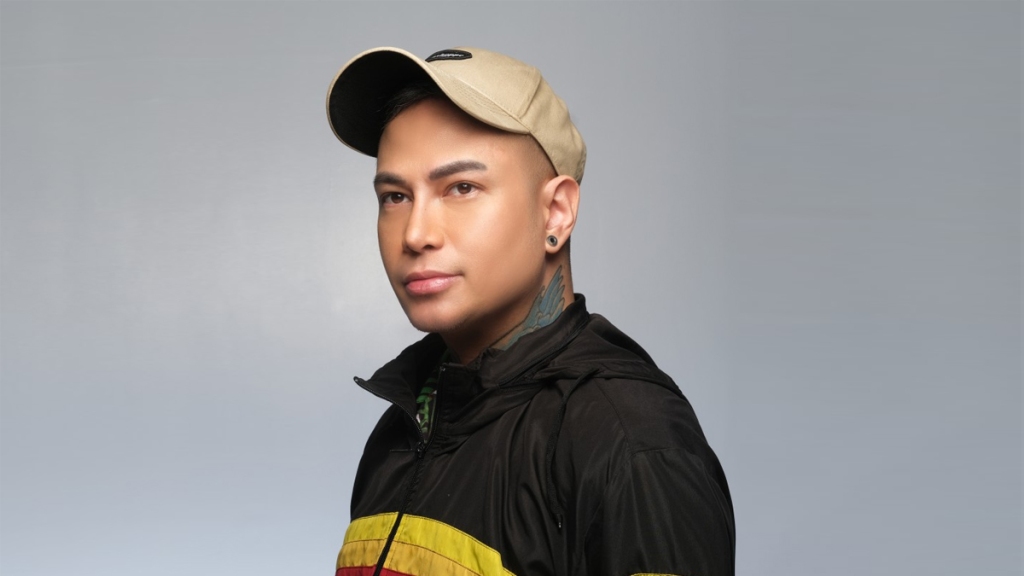Niccolò Cosme started his career in the field of photography in 2001. He has always been fascinated with meanings and symbolisms in Christian iconography which is present in most of his conceptual and commercial works. Greatly inspired by pain and sorrow in Christian iconography, he can create beautiful and compelling works of art, which he uses to further LGBTQIA+ and HIV causes in the Philippines. Recognized by many for his obvious talent, Niccolò has worked on different campaigns in the Philippines and abroad.
In 2007, Niccolò initiated The Project Headshot Clinic, a small project born out of curiosity. Today, it has grown into a concept that merges online profile photos with advertising to promote awareness on socially relevant issues such as equality for LGBTQIA+, women empowerment, climate crisis, HIV and AIDS, etc. He also founded The Red Whistle campaign in 2011, a non-government organization created as a community response to the alarming situation of HIV and AIDS in the Philippines. He collaborated with different civil society and non-government organizations to further this cause.

He considers activism an integral part of himself as an artist and a humanitarian. The same year, he was hailed as a “Pioneer for life” for Levi’s “Go Forth” campaign in the Philippines.
In 2011, Niccolò Cosme topped the 7th annual Professional Photographers of America (PPA) Affiliate Asian-Pacific Image Competition in Seoul, Korea. His artwork “The Brotherhood of Men” garnered a total score 91, making it first prize among more than 400 entries from Australia, New Zealand, China, Japan, and Korea.
In 22 years of working as a photographer, what has changed in the landscape of creativity now and then, from your perspective?
When I started photography in 2001, the internet was very new, but we’ve already been experiencing ways to collaborate online. There were so many things that we needed to discover during that time.
I believe the opportunity and access to create and co-create or collaborate is much easier than before. There are so many platforms right now to embrace that culture of collaboration, and I believe it has changed the method of being creative together.
What aspects of your background and upbringing have shaped your creative principles and philosophies?
I grew up in the church. There are just so many arts, music, visual, and theater. I think that fostered my creativity growing up. All of that artistry at that time in my life still inspires me to this day.
Another aspect that resonates with my childhood that has shaped my creativity was my early exposure to photography. When I was seven, my dad asked me what I wanted for my birthday, and I requested a camera. So he gifted me a camera (I still have it now). Receiving a camera from my dad helped me realize the power of photography – to capture an immortalized time.

Why did you initiate founding the Red Whistle and The Project Headshot Clinic?
Project Headshot Clinic started with a simple idea: take pictures for social media. My friend wanted a new portrait to post on social media and asked me to take it. I could not anticipate that profile pictures become popular. After that, many contacted me to get a similar shot. Acknowledging this opportunity, I developed this project on a much larger scale. I invited some of my influential friends to the studio to have their portraits taken and released on a specific date. That is how the Headshot Clinic project has been operating until now. Each project always has different purposes, such as to honor Pride Month.

The first major campaign was to propagate HIV/AIDS in 2008. I wanted that campaign to spread a positive message about this disease on World AIDS Day. At that time, a close friend of mine revealed that they had HIV. We hold exhibitions together and a lot of people come to see them. There is also media participation. It was the same urge to spread awareness about HIV/AIDS that led me to set up The Red Whistle in 2011 because we realized that HIV awareness shouldn’t just happen every World AIDS Day.
What motivated you to do so? What was your first creative/humanitarian project?
I’m highly motivated by the positive change that we can make with the many campaigns we put up. I believe that one saved life is already something to celebrate. So with the number of campaigns we’ve put together, definitely the outcome, the positive change that motivates not just me, but also my whole team and other volunteers as well.
You are now a director at Slay Model Manager in Manila. What do you think about the rising awareness of trans talents in the Philippines? Is it a trend or a slow good change for the better?
Trans women have been celebrated in the Philippines for a long time because we have gay beauty pageants in small towns and big cities. In the Philippines, when you say gay beauty pageant, it usually means that the beauty pageant is not only for transgender people but also for gay men who will dress the opposite sex at that contest. But it’s usually just for the festive season. Often, the sole purpose of those events is to entertain the guests in attendance. But for them to appear on a fashion show stage is indeed a rare occasion. That’s why it took me a while to see real transgender women striding the catwalk. The fashion industry is slowly taking on a positive view of transgender people.

And I think that’s the goal that Slay Model Management wants to achieve, which is to bring about normalization in the Philippines, that hiring a transgender woman to do a woman’s job for a job in the fashion industry is It’s normal, easy, and needs to be spread more widely and more widely.
What are three of your career-changing moments?
My career started to change when people put their trust in me. When people trust you and take a risk on you, you can express yourself and your art. My first career change was my first billboard in 2006. It happened because a client trusted me and gave me control of the creatives and the execution of the project. After that big project, I was officially an advertising photographer.
The next one was when I founded Headshot Clinic. With its success, many brands are continuing to give us support.
The last one was a campaign I did for a telecommunications company here. It was a major nationwide campaign that gave me a lot of attention. After that, my career as a photographer took off so fast, and everyone in this industry in the Philippines knows of me.

How important is it to raise awareness of the rights of the LGBT+ community, not only on Pride Month, to you?
Not just Pride Month, because the struggle of the LGBTQ+ community doesn’t end in June, but a year-round endeavor. So until the community gets the full equality we deserve, we should never stop fighting for it. That’s why we need to raise awareness for people, educate them, and make them understand/know about the different stories of the community. All of its difficulties, dreams, and inspiration are so important.
Can you share about Tanggulan – your latest exhibition?
Tanggulan means defense, and this is where soldiers gather during the war. It is the street where my mother was born, in Gawit Cavite, the cradle of Philippine independence. This exhibition is an eleven-piece series that tells different stories, different people, and artworks painted with HIV-positive blood because I want to humanize HIV, and I hope the audience feels awestruck when they see it.
I want them to think about the subject, and I’m glad I have achieved this goal more or less. The Tangulan series was also inspired by warriors. Hence, when you see the images, you might think of surreal Asian warriors. It has a combination of some Filipino elements and other Asian elements such as Vietnamese, Thai, Cambodian, Japanese, or Chinese. You’ll see this clearly in the costumes and props.

All the images are courtesy of Niccolò Cosme
